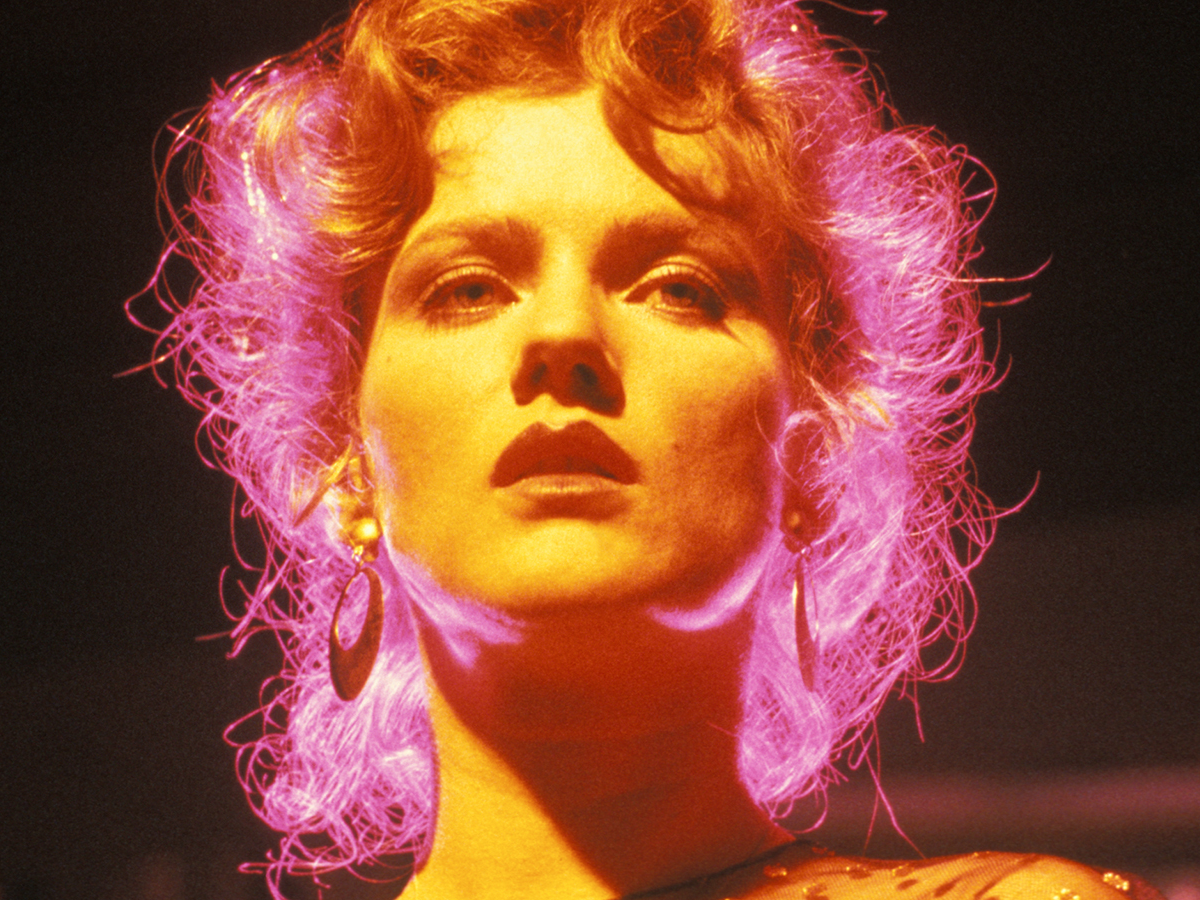
Germany in the autumn of 1957: Lola, a seductive cabaret singer–prostitute, exults in her power as a tempter of men, but she wants more – money, property, and love. Pitting a corrupt building contractor against the new straight-arrow building commissioner, Lola launches an outrageous plan to elevate herself in a world where everything – and everyone – is for sale.
“I hope to build a house with my films. Some of them are the cellar, some are the walls, and some are the windows. But I hope in time there will be a house.”
Rainer Werner Fassbinder1
“Wer jetzt kein Haus hat, baut sich keines mehr.
Wer jetzt allein ist, wird es lange bleiben.”
Rainer Maria Rilke2
“And this is, finally, what is at stake in Lola and with Fassbinder’s color melodramas more broadly. Or as Lola herself tells Von Bohm: ‘people here have a public life and a private life and they have nothing to do with each other.’ One might say instead, that in Fassbinder’s melodramas, public and private, inside and outside, remain separate. However, they do so not to describe a post‐structural, post‐foundational logic of being. Rather, what they describe instead is the persistence of fascism in a newly made free market economy in which social being is no longer describable in agonistic, contingent, and metaphoric terms. Fassbinder’s color melodramas can only evoke and evade an understanding of identity, derived from color and metaphor, that is articulated in terms that appear essential but exist only for the sake of showing how any given being and any given social formation might be contested or defended while its participants and contenders remain held together in movement and doubt. In Fassbinder’s melodramas color is only ever exteriorized and disharmonious, rendered in an ostentatious style regarded everywhere by defenders of truth, beauty, and reason as always excessive and inessential. But this is not to say that Fassbinder himself regards color as excess, nor that he understands being as essential. Rather, what Fassbinder’s negative evocation of Sirk’s style indicates most strongly is the very challenging and risky problem of understanding being itself as only ever external.”
Brian Price3
- 1Rainer Werner Fassbinder, The Anarchy of the Imagination, Baltimore, John Hopkins University Press, 1992, p. 16.
- 2Rainer Maria Rilke, “Herbsttag”, Das Buch der Bilder, Leipzig, Axel Junker Verlag, 1906.
- 3Brian Price, “Color, Melodrama and the Problem of Interiority” in Peucker, Brigitte, ed. A Companion to Rainer Werner Fassbinder. Vol. 7. John Wiley & Sons, 2012, p. 159.

